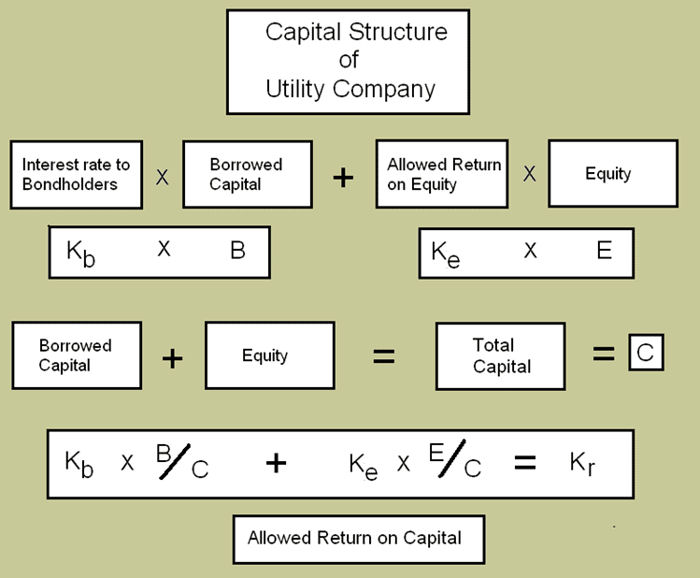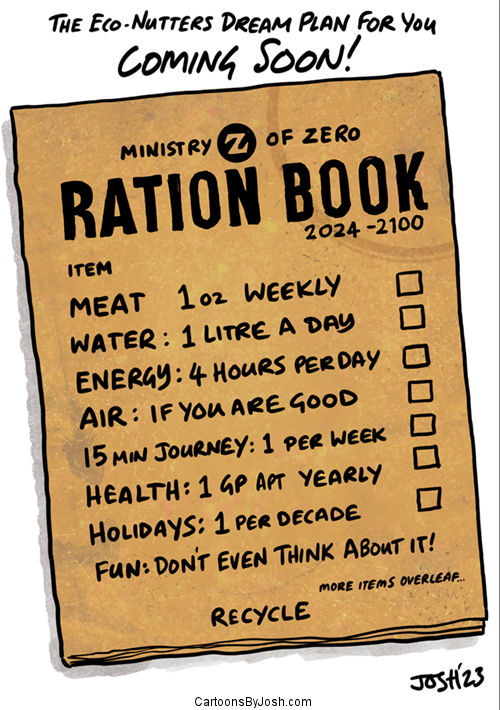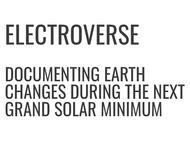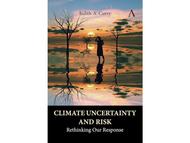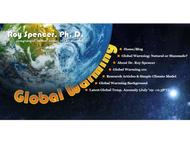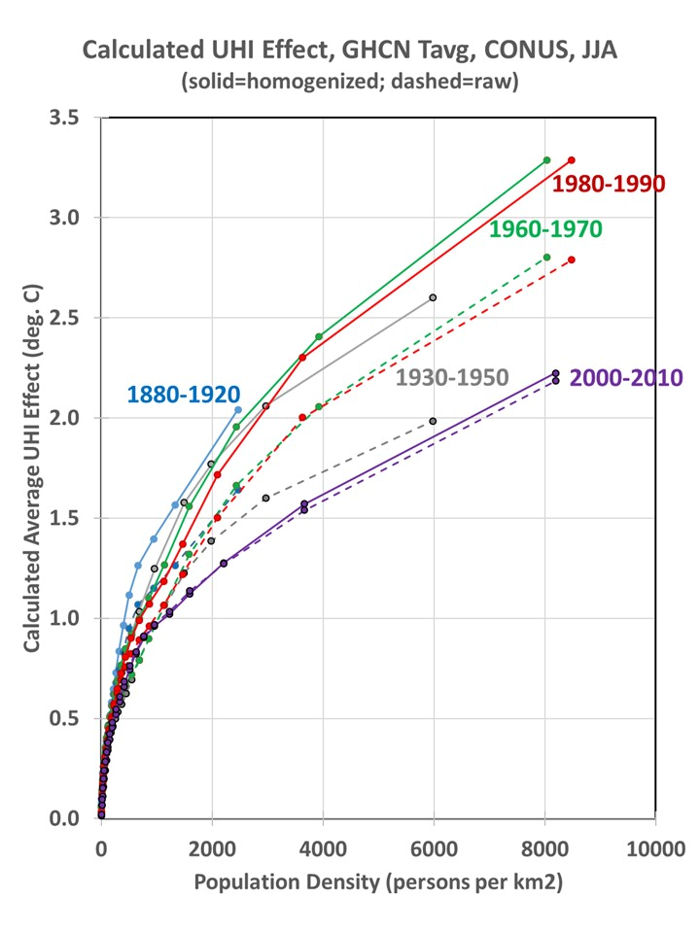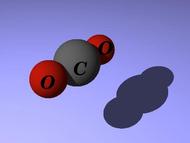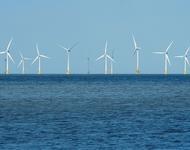We have much to be thankful for this Thanksgiving and much about which to be concerned.
We can be thankful that the much-predicted “climageddon” has not occurred and does not appear to be imminent, or even reasonable, despite the constant chorus of “climate crisis”, “existential threat” and “climate emergency” from the UN, governments and the sycophantic media.
We can be thankful that there are still no significant trends regarding the frequency, intensity or duration of “extreme” weather events, such as tropical cyclones, tornadoes, droughts, floods and wildfires.
We can be thankful for the continuing “global greening”, most of which is attributed to increased atmospheric CO2 concentrations and for the modest warming which has extended growing seasons and expanded acreage suitable for farming and grazing.
We can be thankful that the alarmist interest in ”climate lockdowns”, travel restrictions and dietary restrictions have gained little traction in the US, though they are beginning to have an impact in the EU and UK. There is diminishing interest in “veggie burgers”, virtually no interest in “Franken meat”, and revulsion regarding “bug burgers”.
We can be thankful that farmers in the EU and UK are aggressively resisting government programs to remove agricultural land from production and destroy meat and dairy animals. These programs are inconsistent with concerns about maintaining and improving dietary condition for a growing global population.
We can be thankful that the climate alarmist interest in “15-Minute Cities” has not yet resulted in a federal program to construct such cities in the US. The US experience with high density, multi-use developments has been less than encouraging.
We should be concerned about the growing pressure in the US and globally for the declaration of a “climate emergency”, which could empower global governments to suspend freedoms and impose mandates and restrictions.
We should be concerned about Covering Climate Now, the global climate propaganda cooperation of nearly 400 media organizations flooding the media with climate alarmism and effectively drowning out skeptical discussions regarding climate change.
We should be concerned about US “climate czar” John Kerry’s focus on agriculture and animal husbandry as a contributor to climate change and his calls for reducing that contribution.
We should be concerned about the Administration’s continuing “war” on the fossil fuel industry, including its efforts to choke off fossil fuel supplies by limiting exploration and production.
We should be concerned about the recent focus of US electric utilities, ISOs and RTOs on grid stability and reliability in the face of expanding renewable generation and declining conventional generation resources.
We should be concerned about suggestions that occasional grid blackouts might be acceptable as an approach to combating climate change, particularly regarding the impacts on customers with critical health issues, hospitals, nursing homes, rehabilitation facilities and prisons. This concern could become acute if fossil-fueled on-site standby generation is banned.
We should be concerned about the rising cost of energy in the US economy and globally as investments in redundant renewable generation infrastructure increase. Rising energy costs have shuttered some manufacturing facilities in the EU and UK and have created energy poverty for growing portions of the population.
“The whole aim of practical politics is to keep the populace alarmed (and hence clamorous to be led to safety) by menacing it with an endless series of hobgoblins, all of them imaginary.”, H. L. Mencken
 The Right Insight is looking for writers who are qualified in our content areas. Learn More...
The Right Insight is looking for writers who are qualified in our content areas. Learn More...


